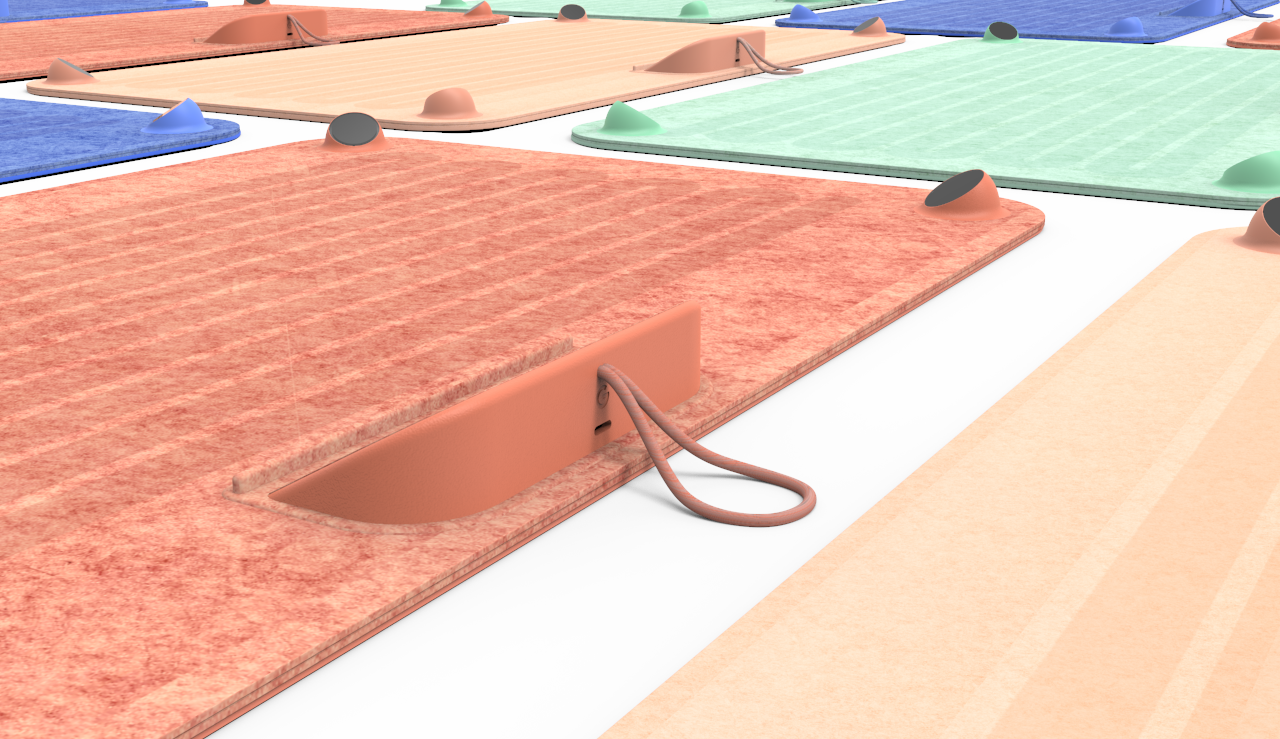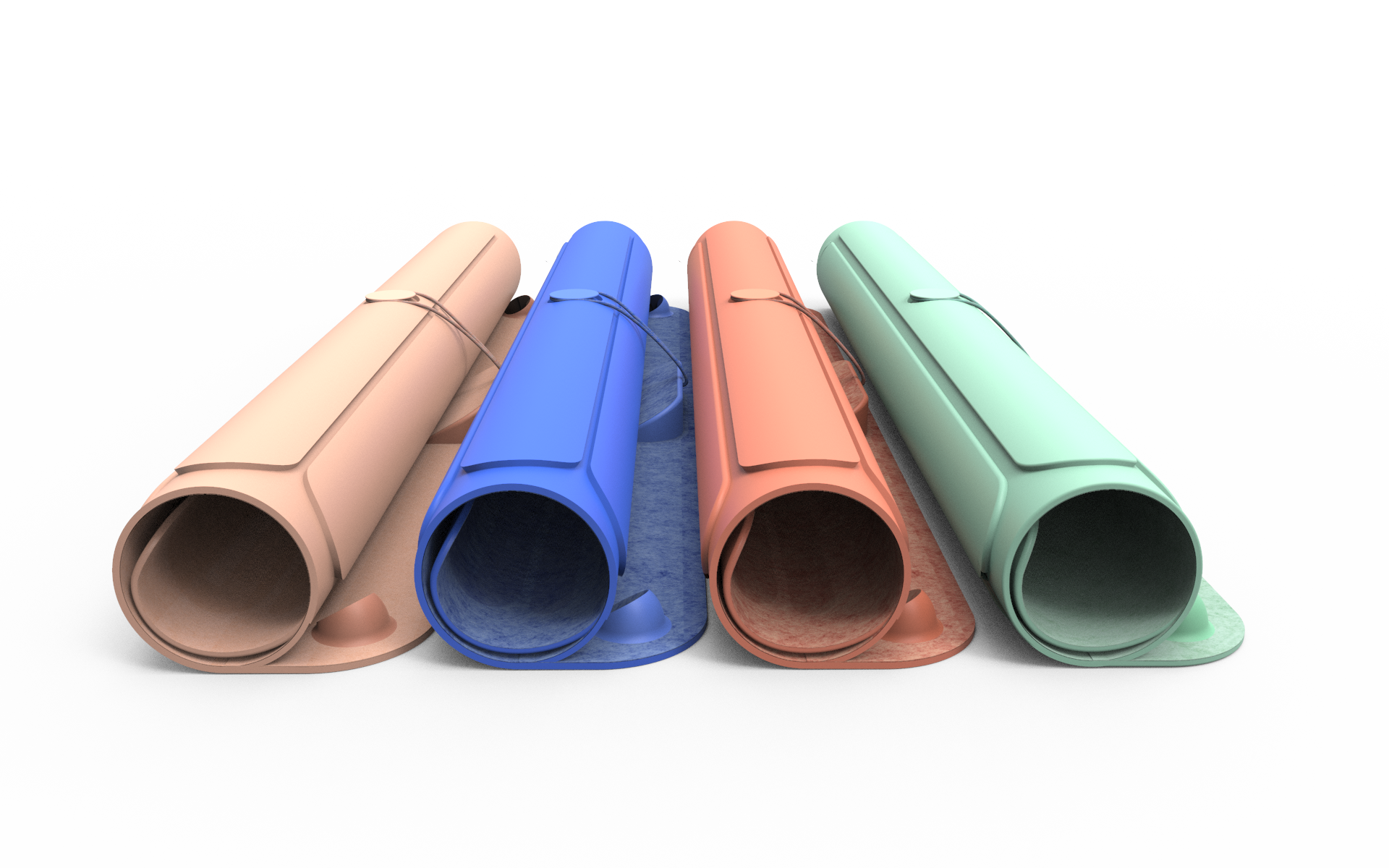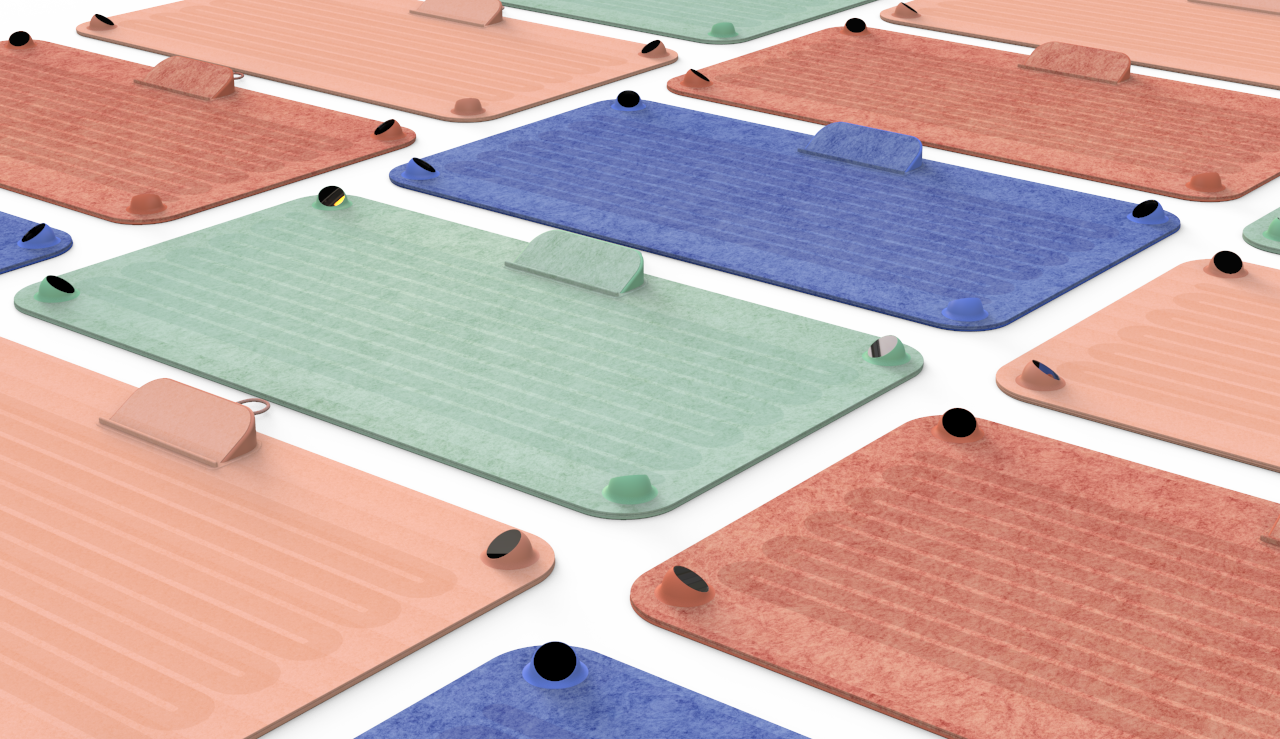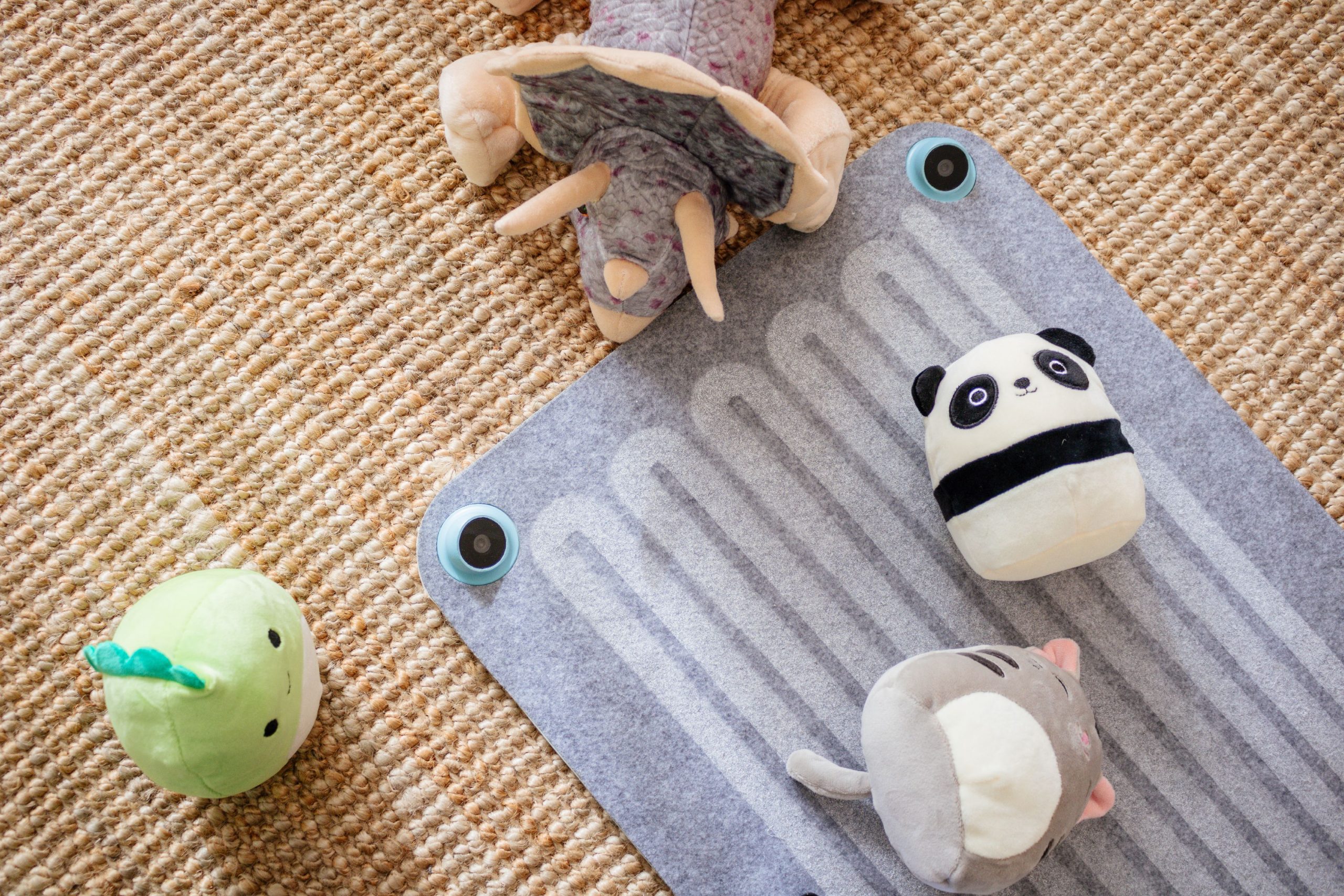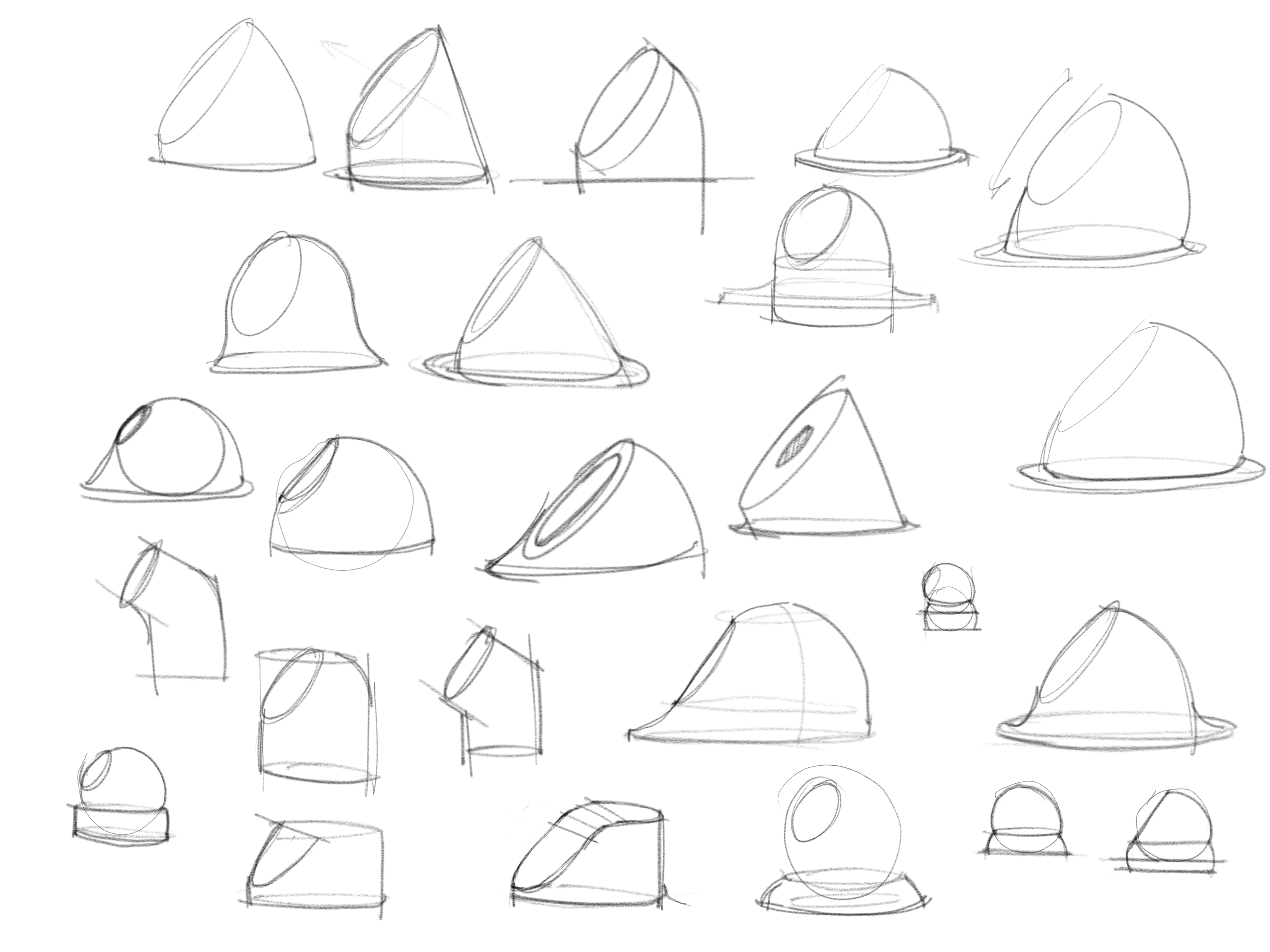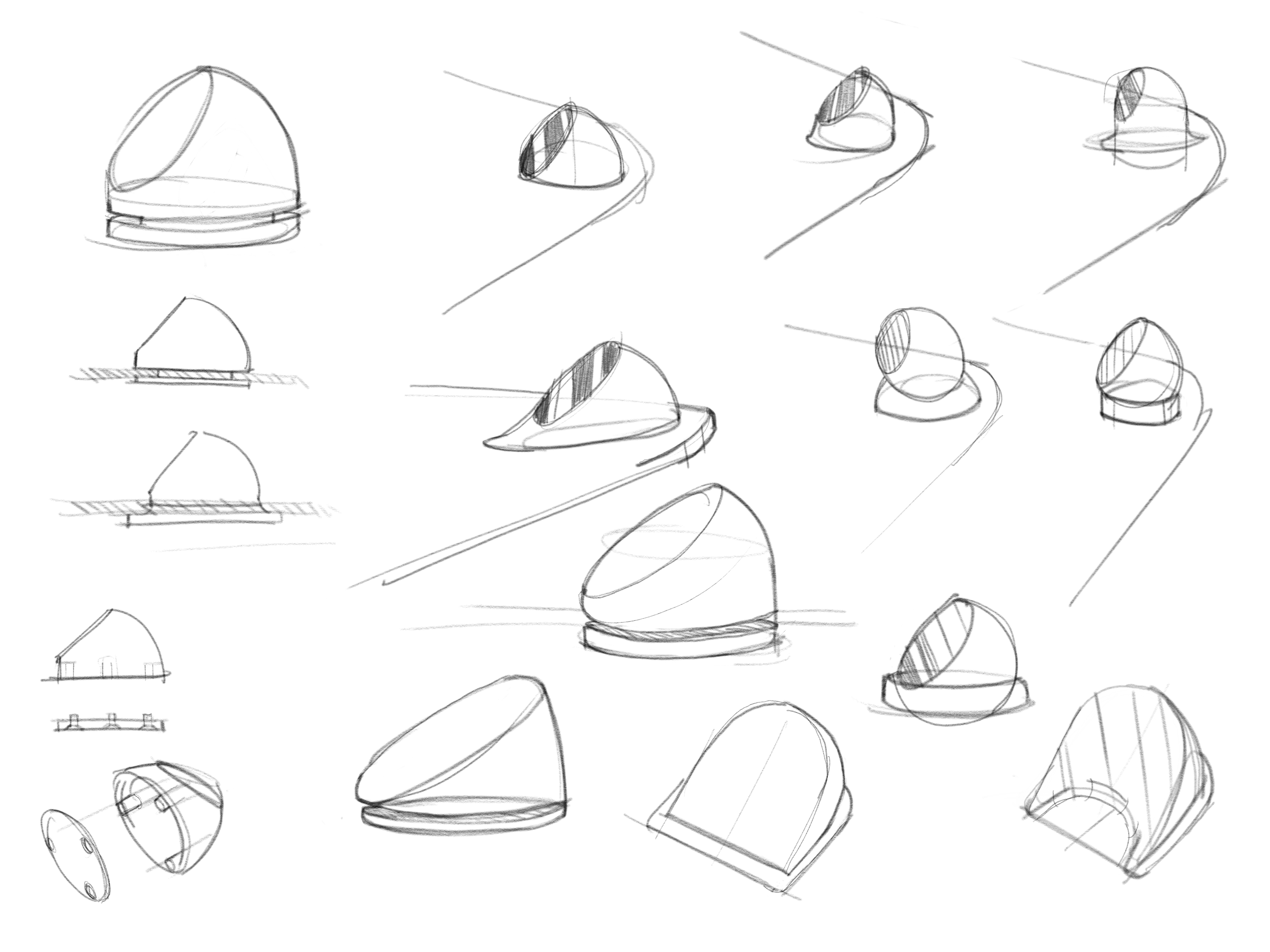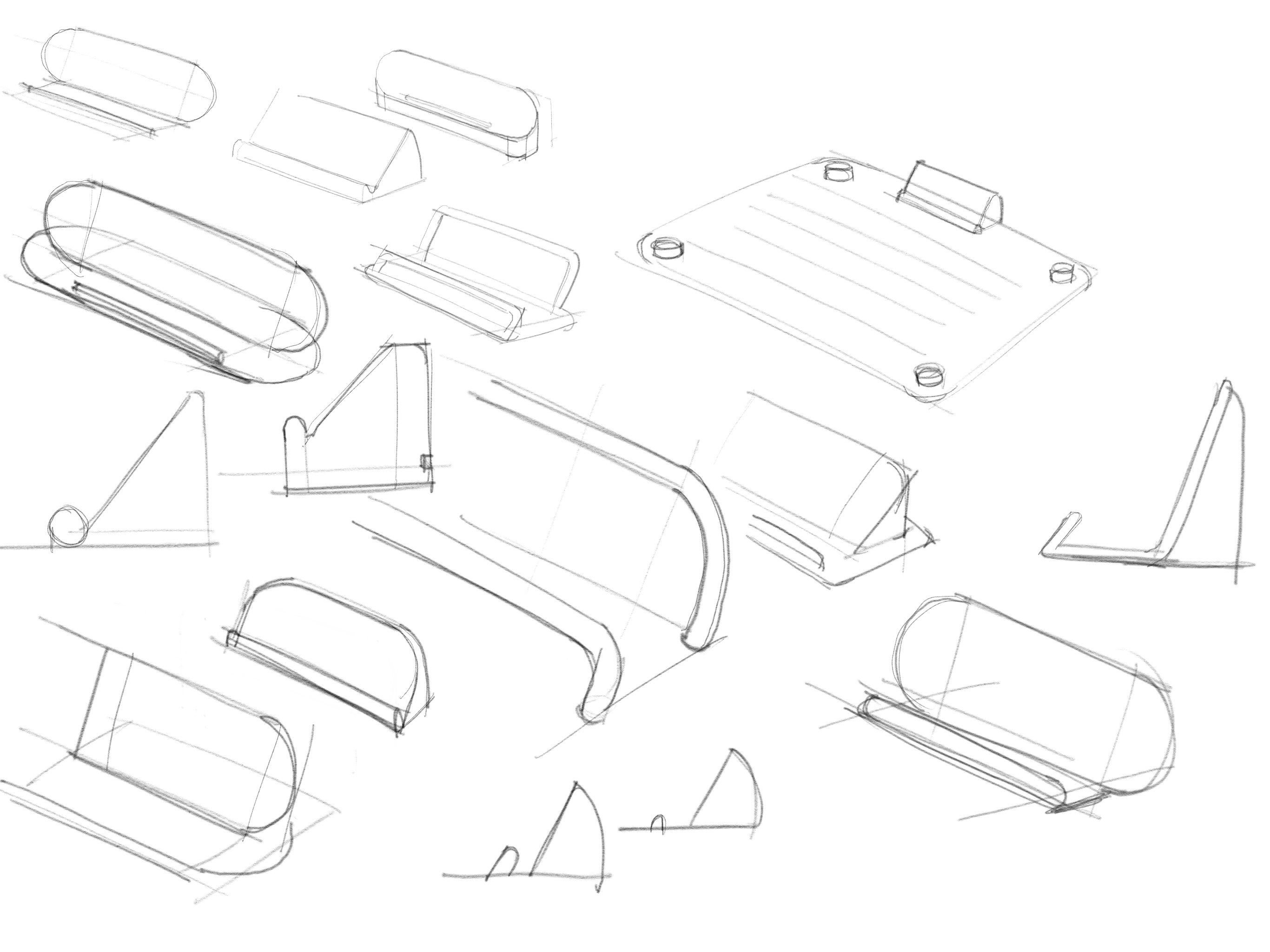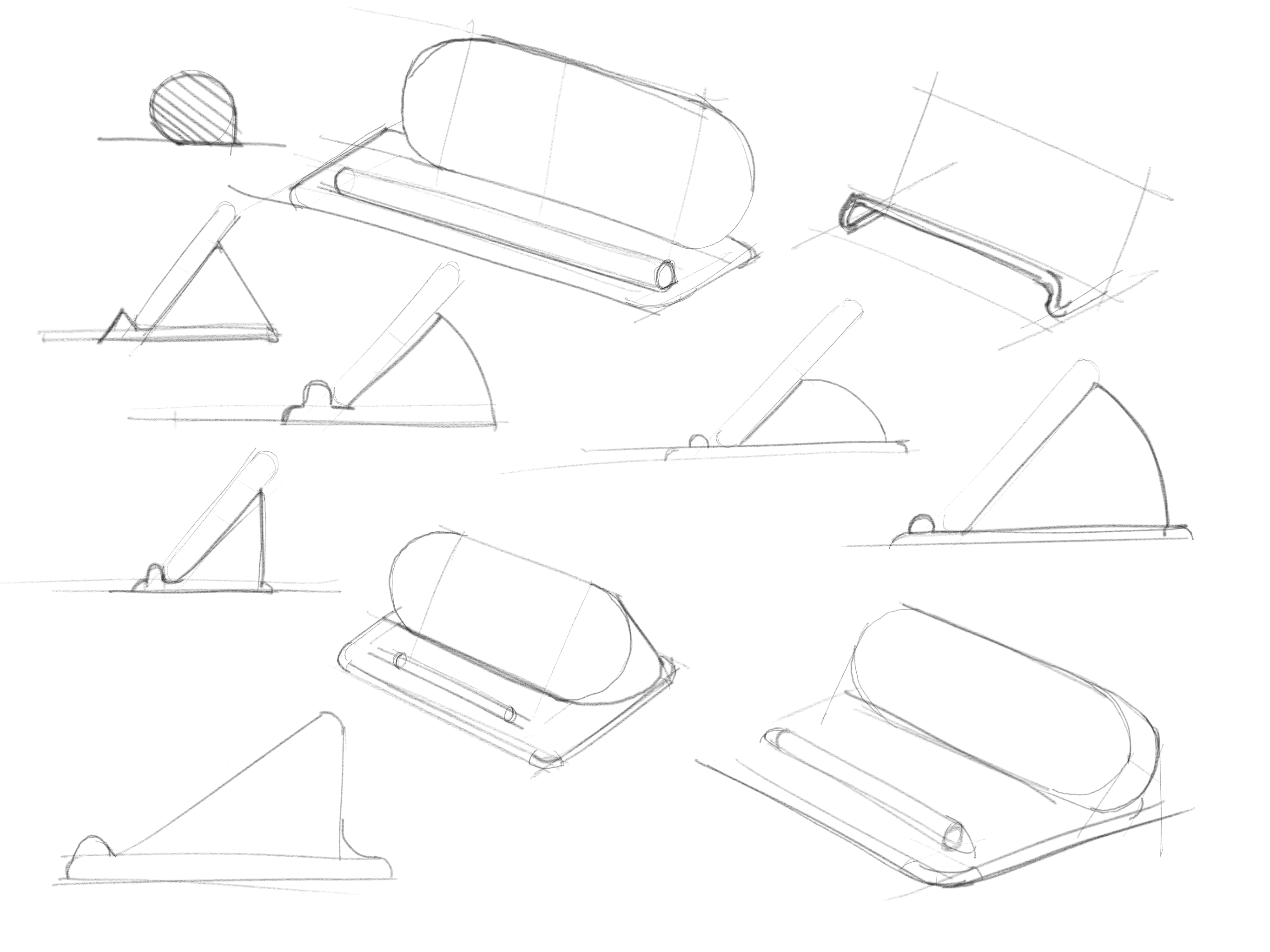Sponsored class by Google Daydream
Nebula Mat
2019

Nebula engages children ages 4-8 in storytelling and creation.
Nebula is a concept mat that allows kids to capture their imaginative stories by recording their toy play-sessions into immersive digital environments.
Nebula enables kids to make videos, not just watch them.
Nebula encourages kids to actively create their own content by allowing them to easily create higher production value content --- like the shows they watch.
To record with Nebula you need:
The mat + handheld device.
Nebula tracks the toys in space and records the play session.
The mat is made with conductive material for gesture
control and uses 4 sensors to detect and track objects.
The mat is made with conductive material for gesture control and uses 4 sensors to detect and track objects.
Nebula is toy-agnostic.
Kids can record their play-stories, using an empty bottle or their favorite toy. Any object can be recognized and used as a controller for a virtual object.
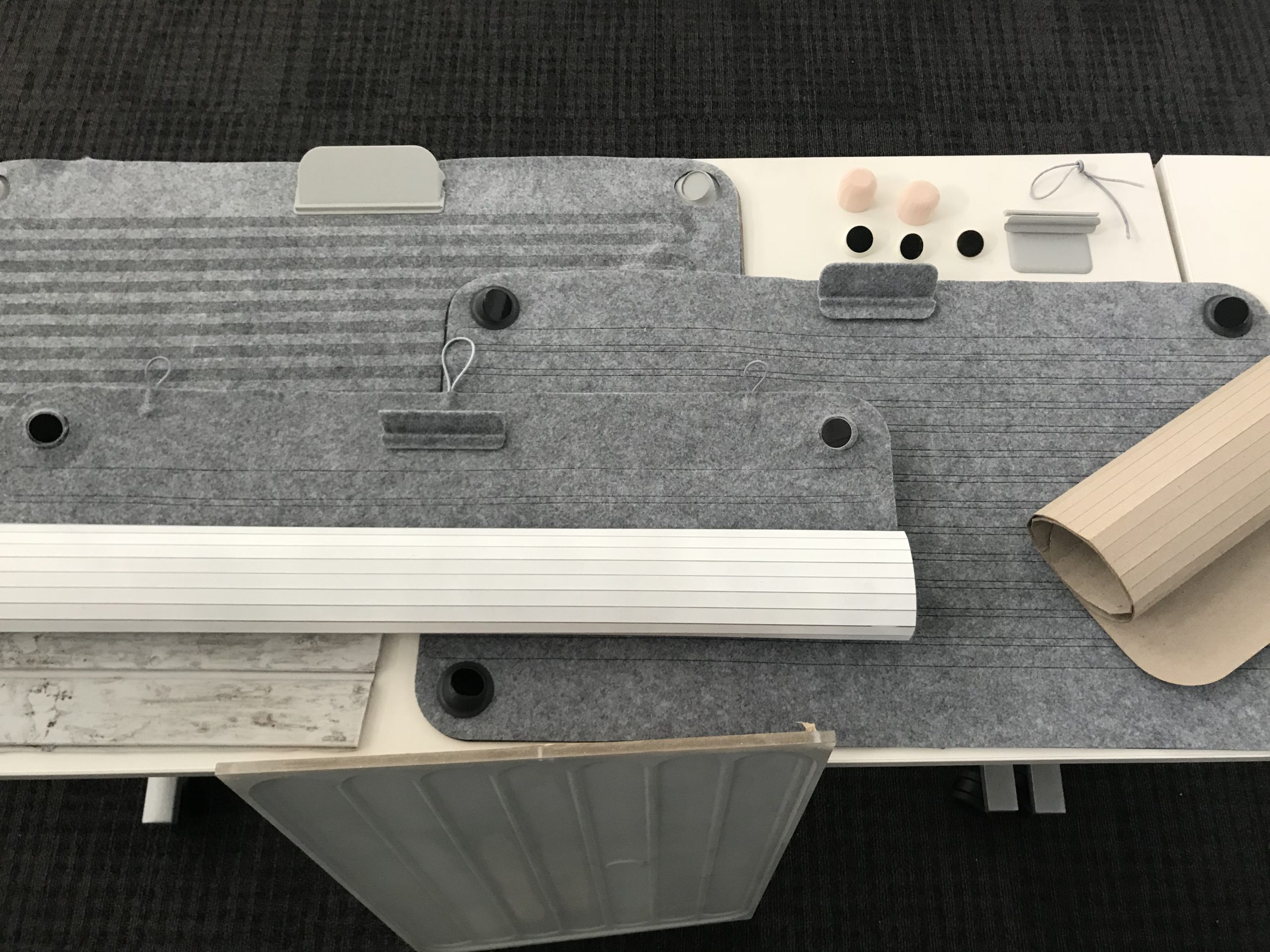
I explored many different phone dock styles, sensor
profiles/CMF treatments, sensor layouts, mat patterns,
and mat closures.
Certain elements like the pill-shaped phone dock were
inspired by the existing Google form language.
I explored many different phone dock styles, sensor profiles/CMF treatments, sensor layouts, mat patterns, and mat closures.
Certain elements like the pill-shaped phone dock were inspired by the existing Google form language.
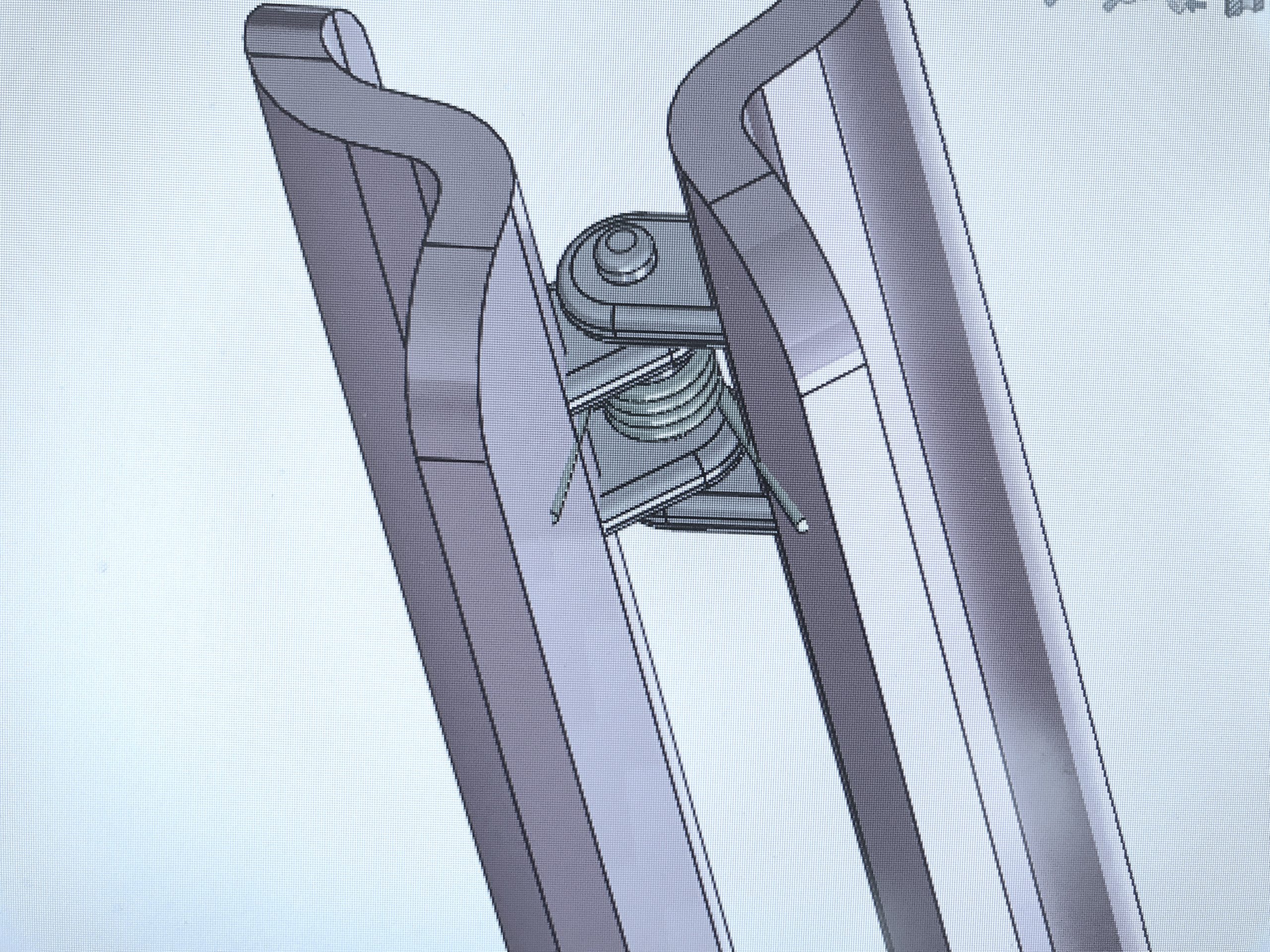
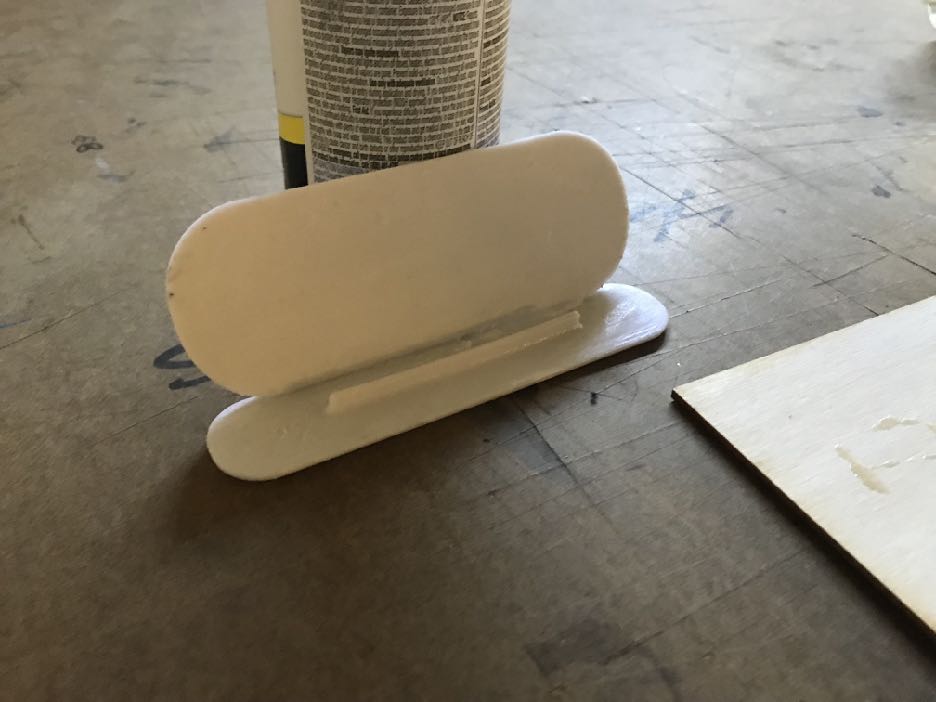
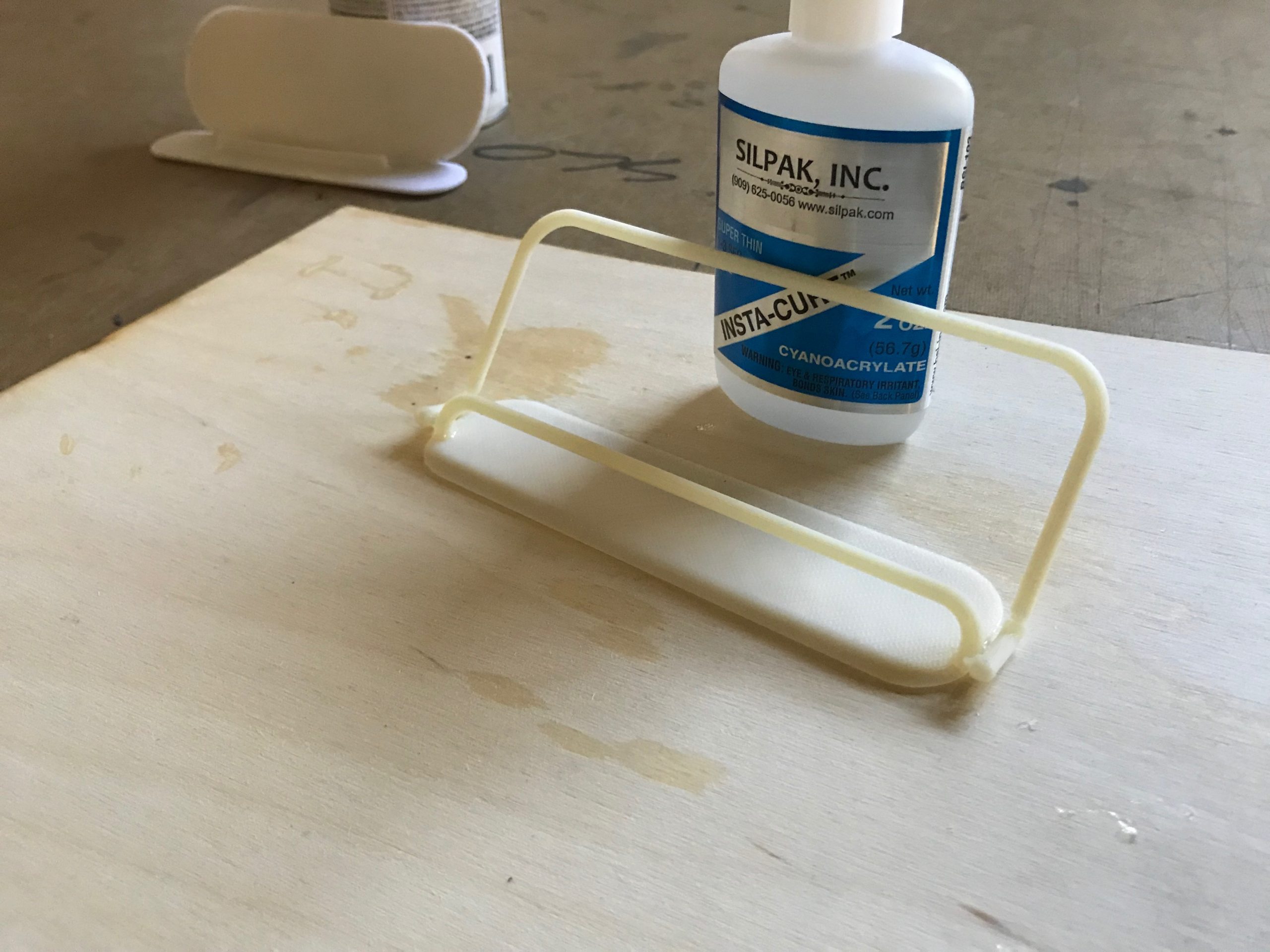
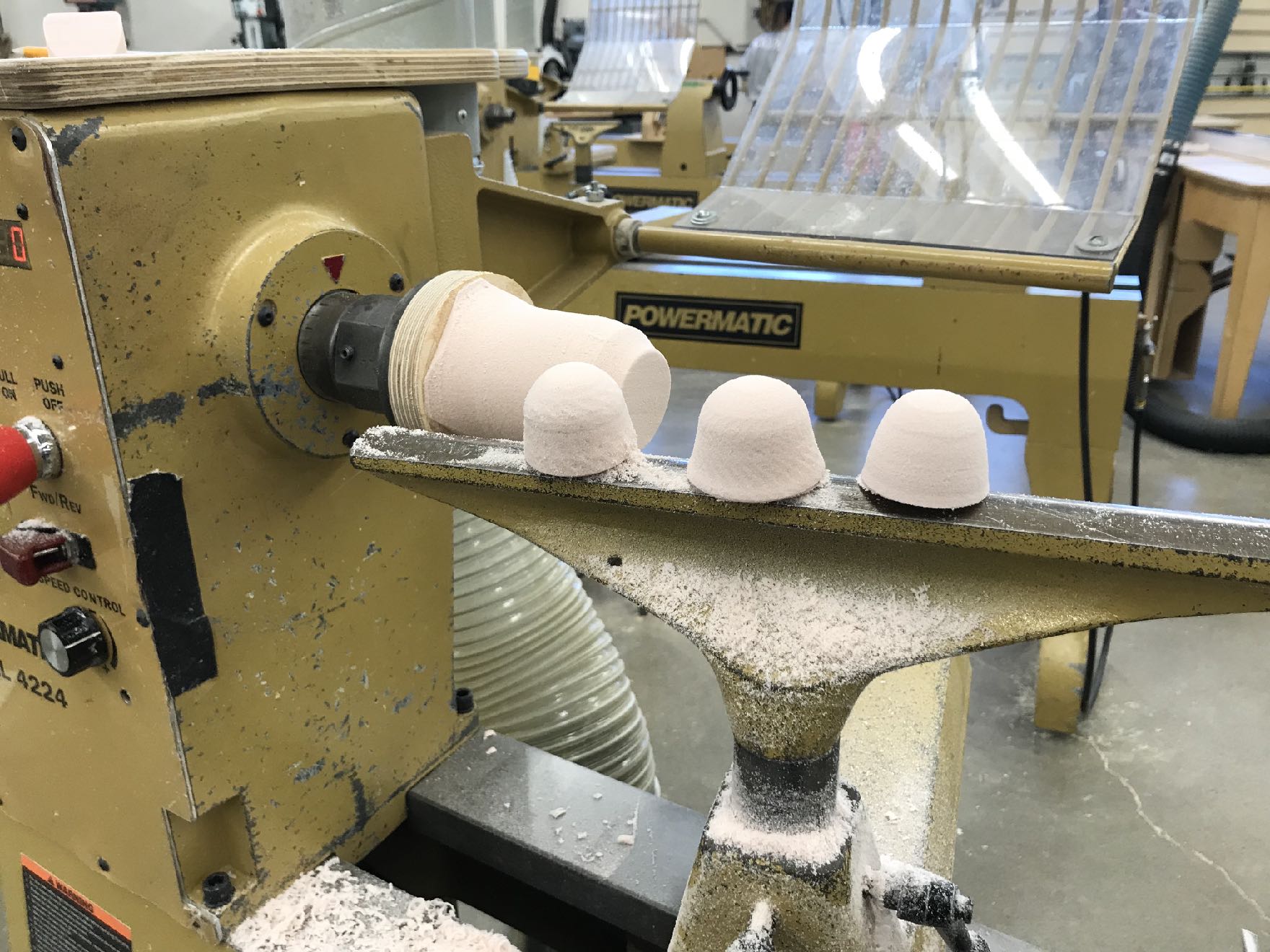
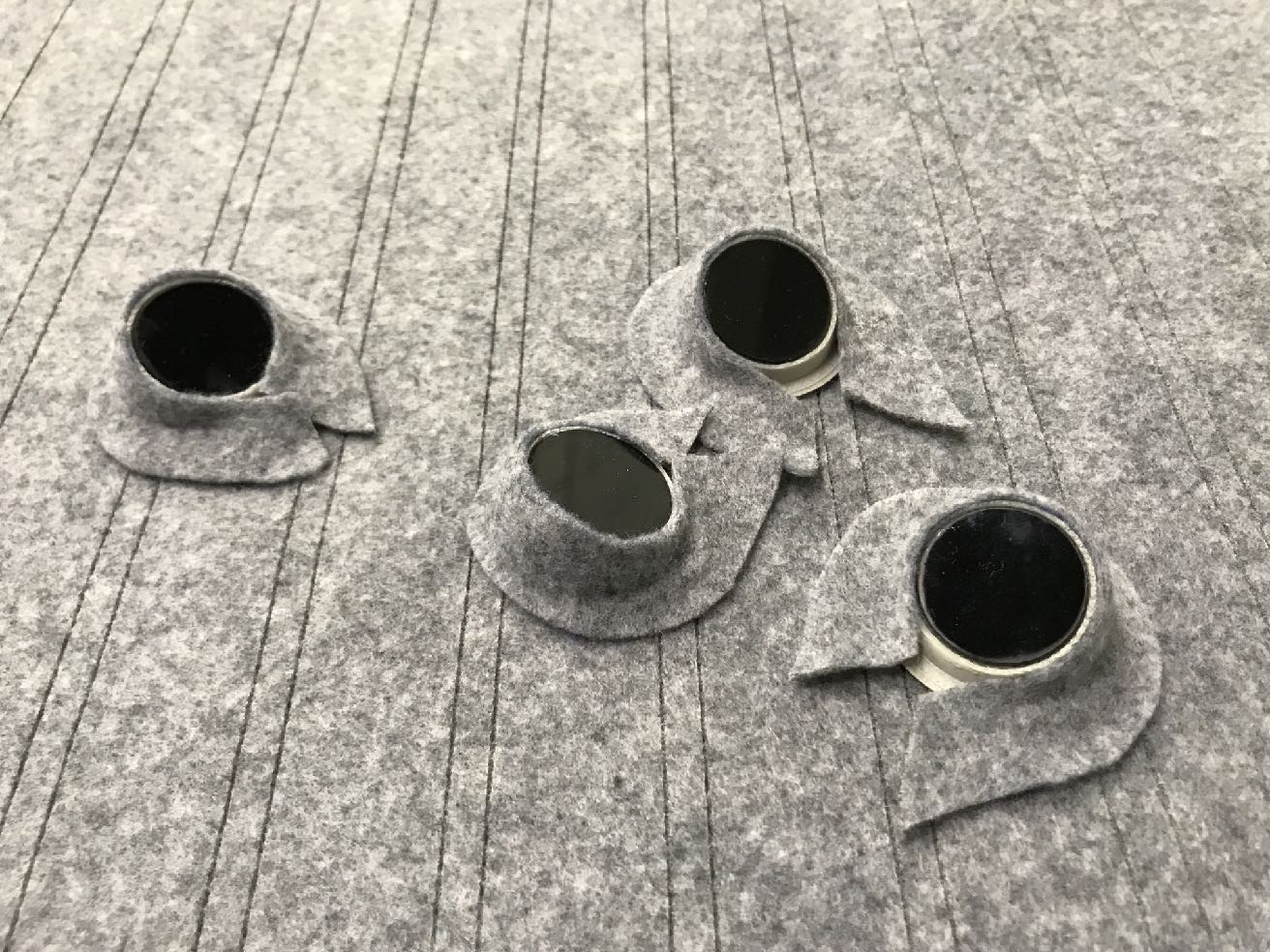
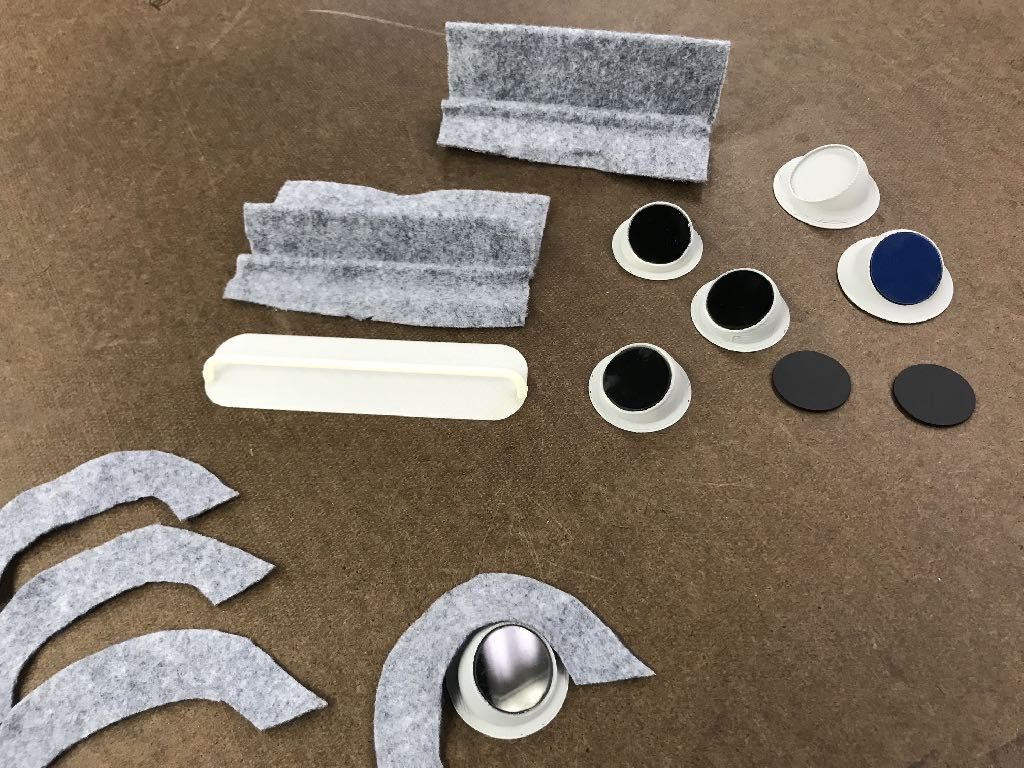
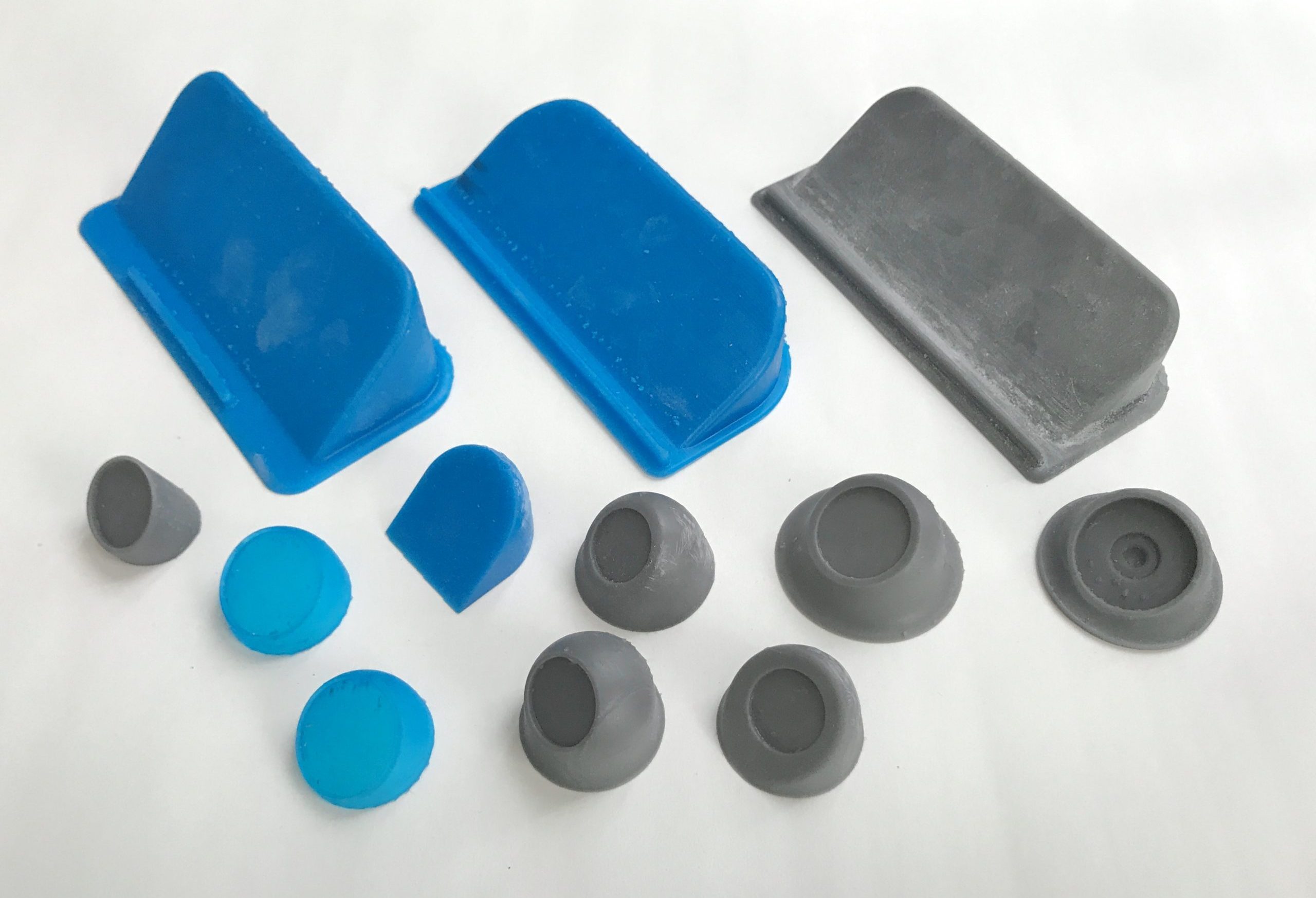
Conductive thread tests
Final parts and casting process
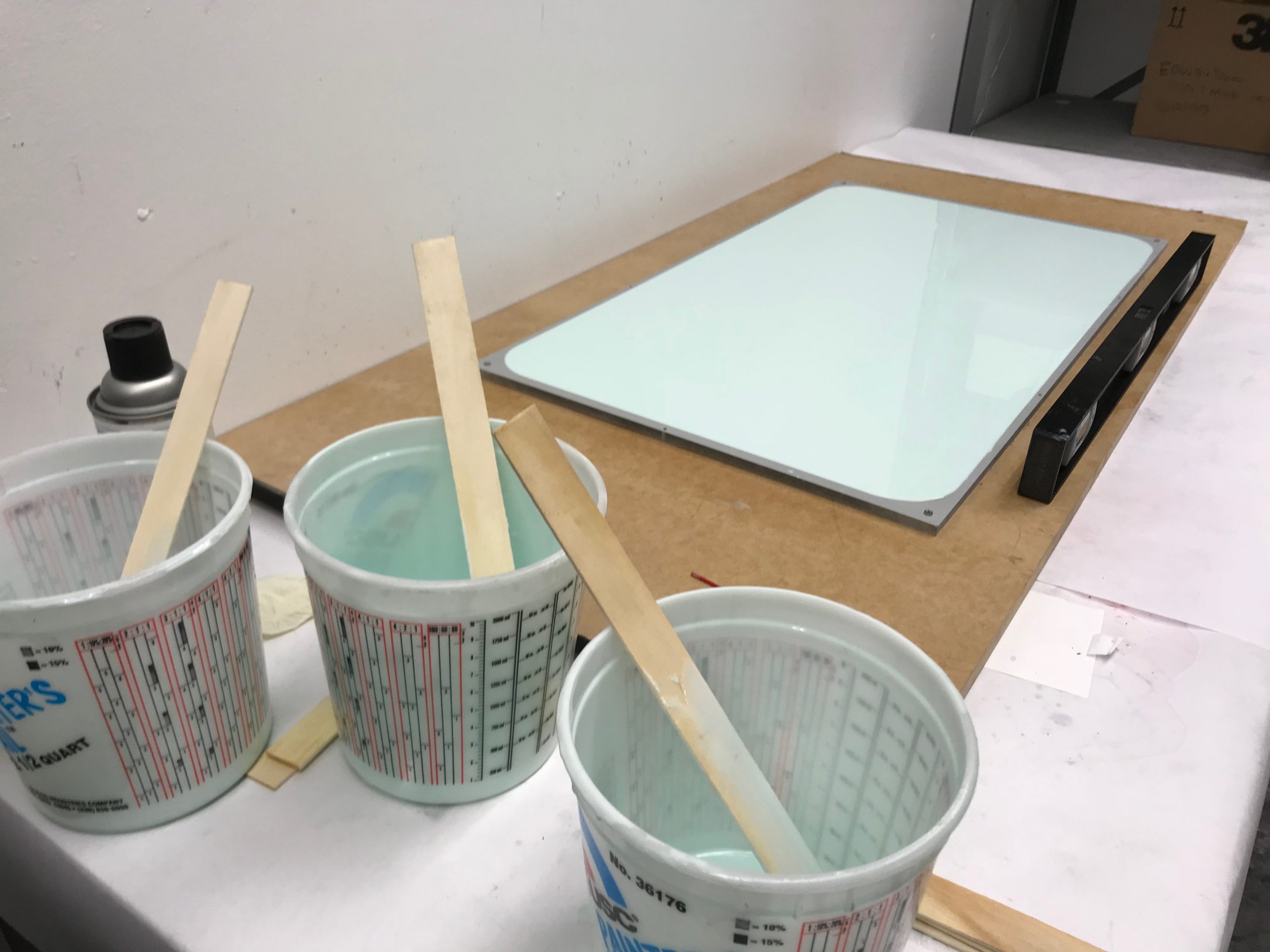
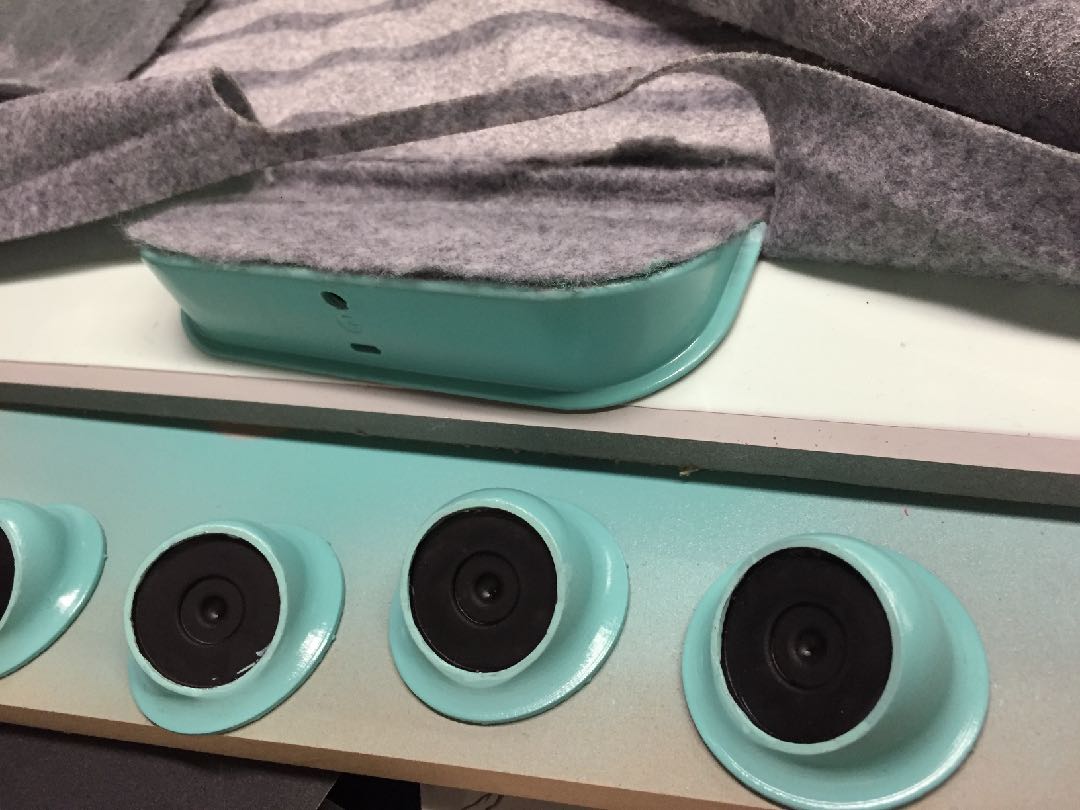
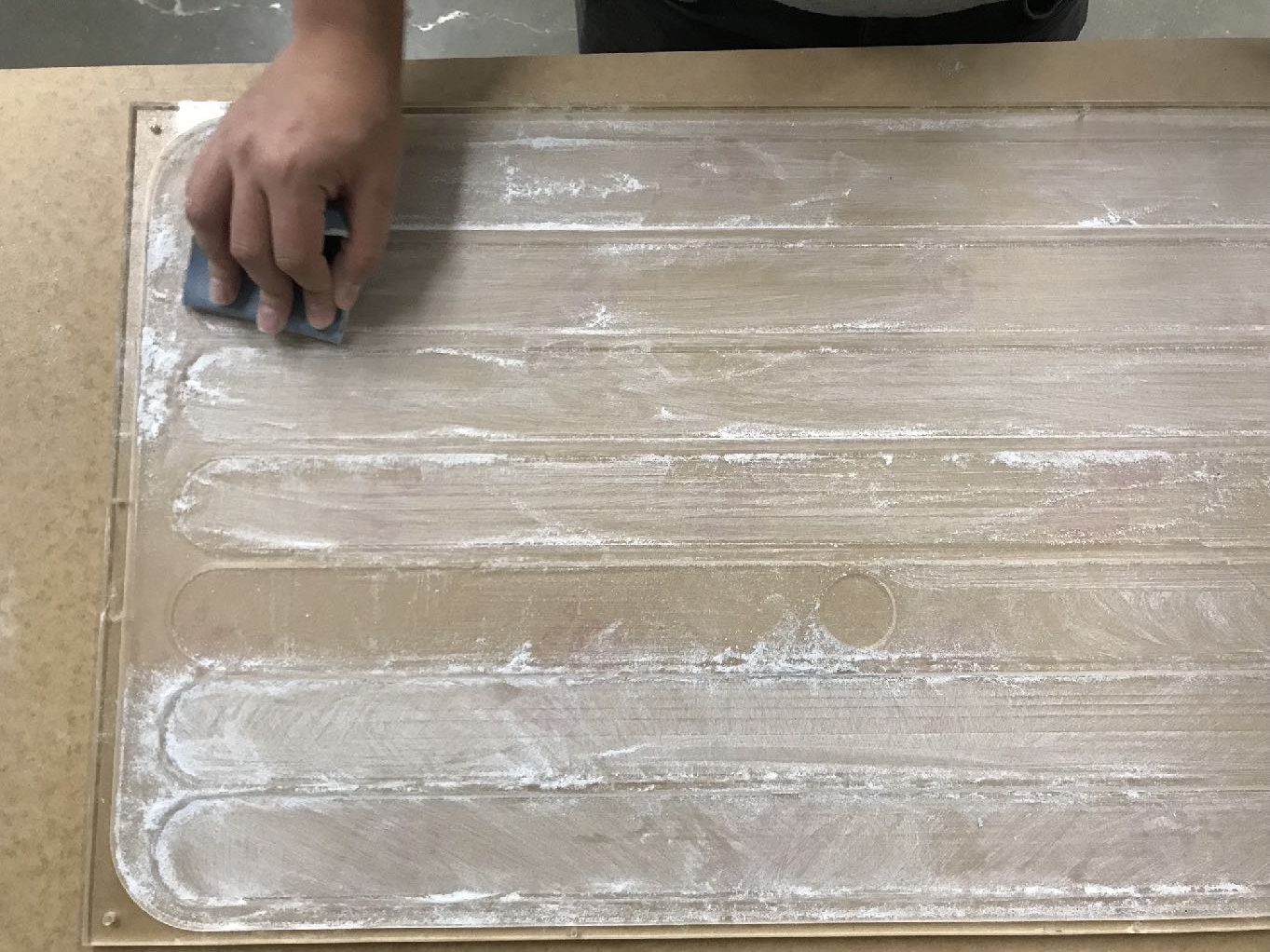
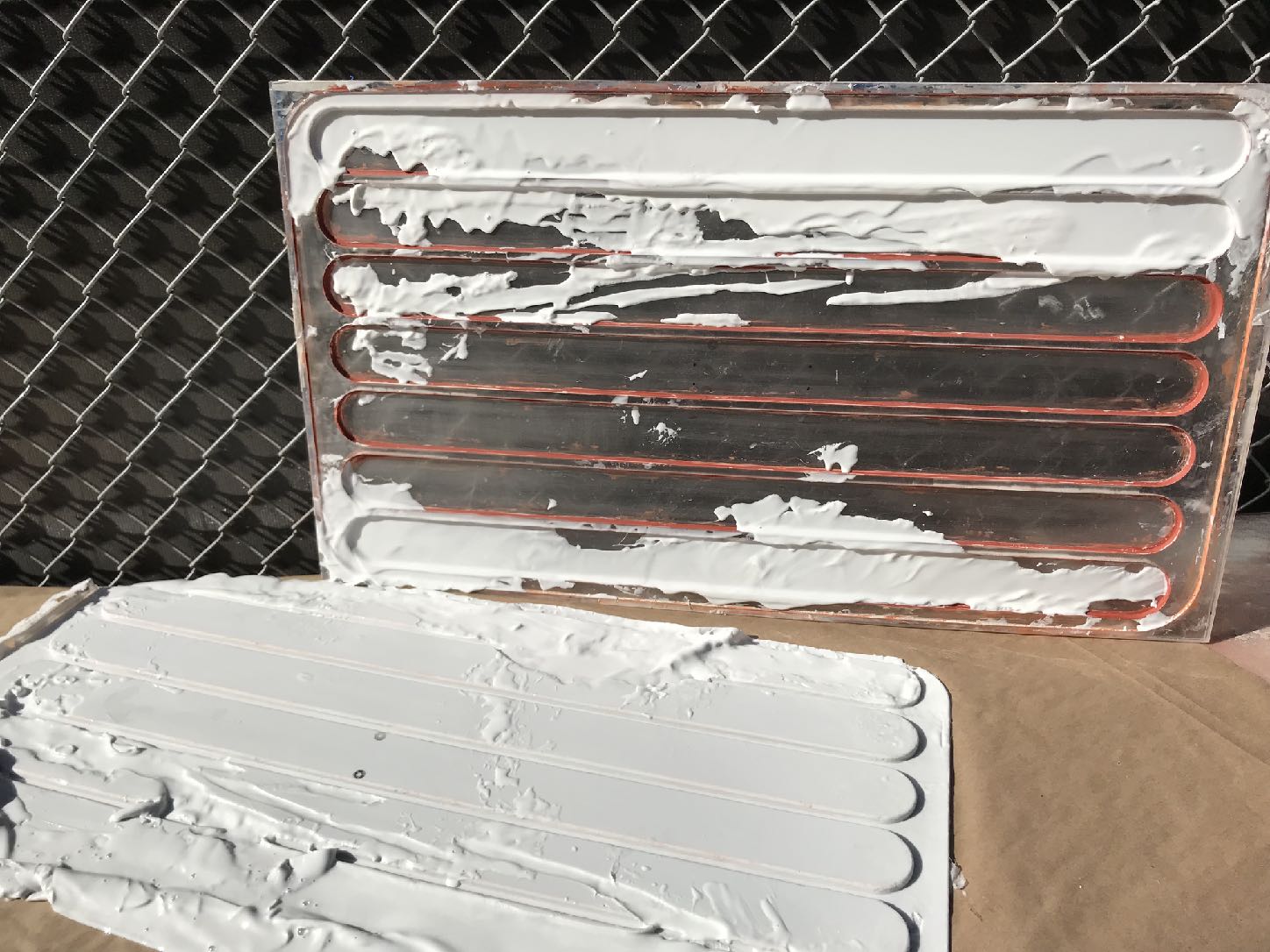
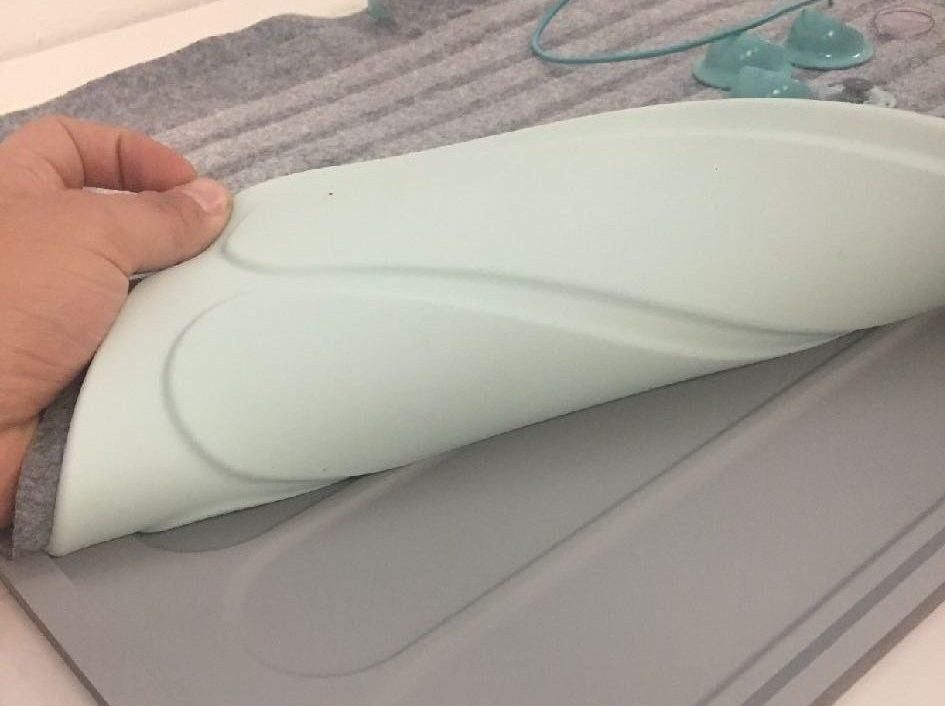
Motion Tracking
An earlier concept explored using magnetic building
blocks by mapping characters/objects to certain built
block configurations (eg: curve + barrel = horse.) We
used pattern recognition to map models in Vuforia.
Motion Tracking
An earlier concept explored using magnetic building blocks by mapping characters/ objects to certain built block configurations (eg: curve + barrel = horse.) We used pattern recognition to map models in Vuforia.
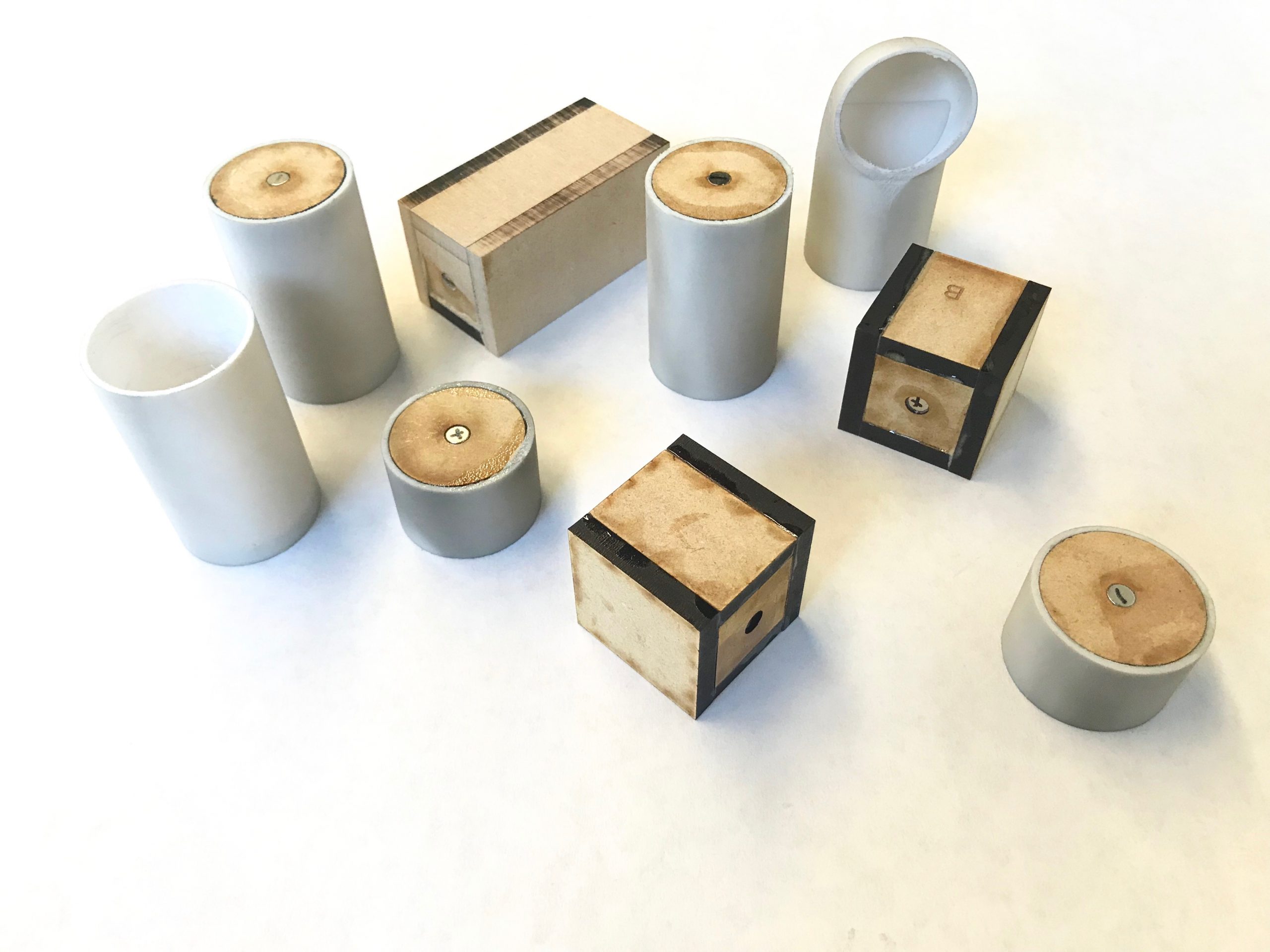
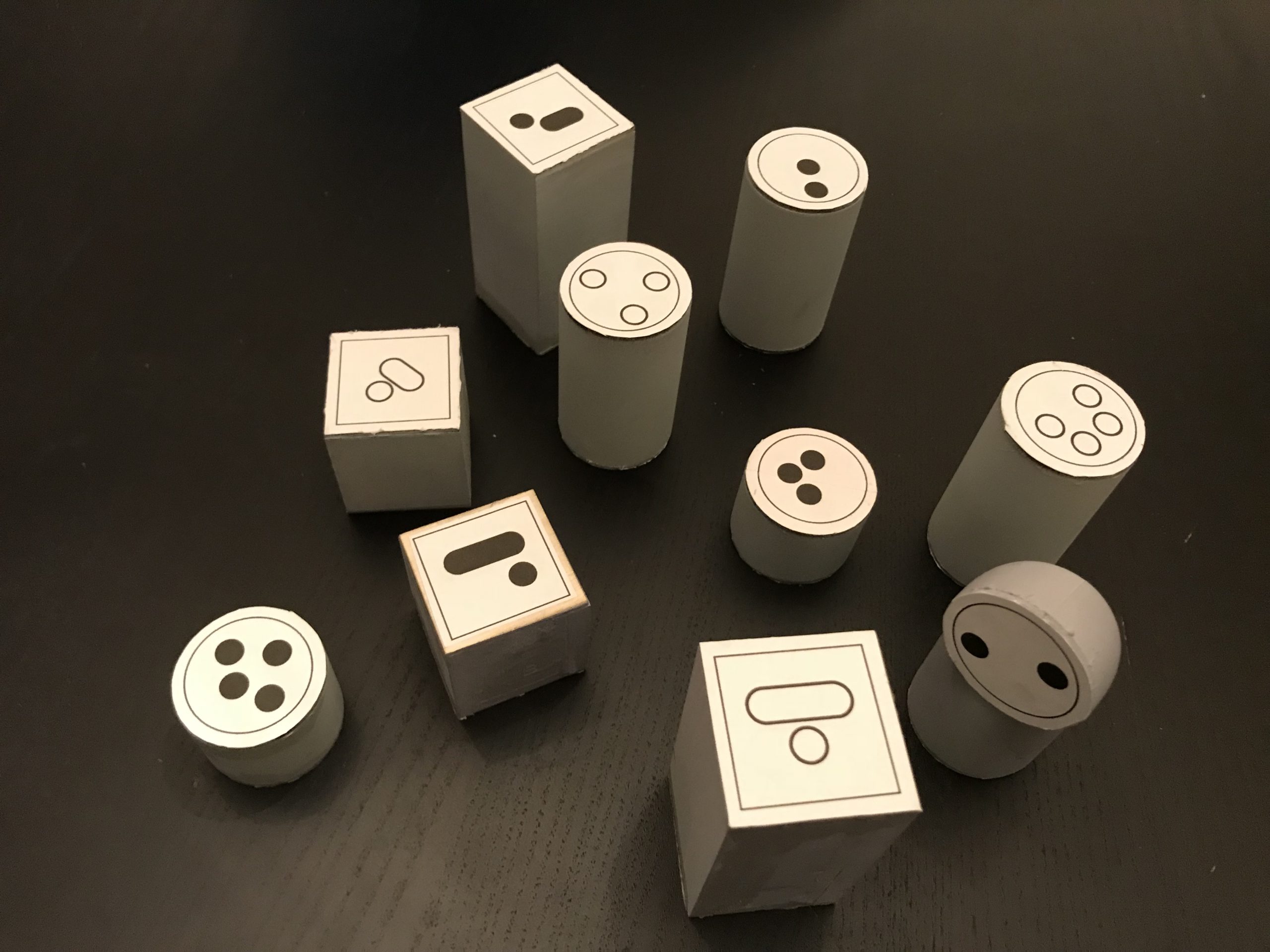
User feature tests
We tested our interactions and early prototypes with two children to see what resonated, what were their natural inclinations, and what made them bored or frustrated.
Voice interaction and hyperbole
Kids use voice commands (eg: "I want") readily. They sometimes ask for outrageous things (eg: "a 100 baby dragons") but seemed satisfied with the result of much fewer dragons.
Voice interaction and hyperbole
Kids use voice commands (eg: "I want") readily. They sometimes ask for outrageous things (eg: "a 100 baby dragons") but seemed satisfied with the result of much fewer dragons.
Physical / Digital interaction
Kids naturally put their toys on the board other than other parts of the table. Guidance in the form of prompts can help kids play and verbalize their story.
Mat/ touch interactions
Gestures on the mat are a more natural way for kids to explore and pan through the scene than in-air gestures.
Say hi through linkedin or email me at contact@saraferris.com All work by © Sara Ferris 2021
